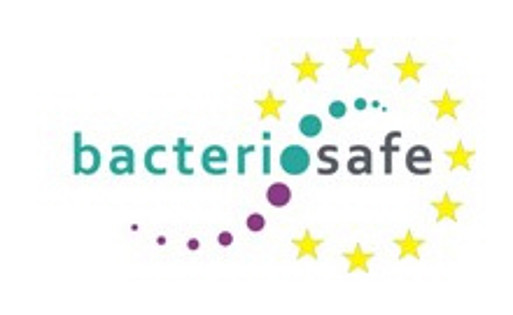BacterioSafe: Aktiver Wundverband auf der Grundlage biologischer Mimikry / BacterioSafe: Active wound dressing based on biological mimicry


In an infected wound, bacteria attack healthy cells by rupturing the outer cell wall through secreted protein toxins and enzymes. Scientists used the natural behaviour of bacterial pathogens to rupture biomimetic polymer nanocapsules and release antimicrobials and colorimetric signalling molecules. In other words, this novel dressing uses the pathogenic factors to liberate antimicrobials and indicating molecules from surface-immobilised nanocapsules. Thus, the nanocapsules provide a simple optical indicator of bacterial infection in burn wounds while killing any infection. BacterioSafe developed different types of nanocapsules and nanoparticles including phospholipid fatty acid vesicles, amphiphilic block copolymer systems, mini-emulsion polymerised nanocapsules and hybrid nanocapsules. To immobilise the nanocapsules onto the non-woven materials, partners investigated various methods including plasma surface modification, deposition of "adhesive" thin films and surface-attached hydrogels. The biological performance of the nanocapsules, both immobilised and in suspension was evaluated in vitro using cell tissue cultures. The BacterioSafe project developed over 400 variations of biomimetic nanocapsules and nanoparticles after changing chemical composition, capsule wall thickness and cargo. Successful immobilisation processes included aerosol spraying, ink jet printing, dip coating, electrostatic attachment and embedding in hydrogel layers. Microbiological tests detected minimum inhibitory concentrations of different antiseptics and hyaluronidase activity of clinical isolates of bacteria. Toxicity tests investigated the effect of inflammatory marker expression in endothelial cells and determined endotoxin residues. Extensive efforts went into optimising the stability of the nanocapsules. As a result, several optimised nanocapsule systems validated in a simulated wound environment are now available. The final prototype already shows the potential of a wound dressing releasing fluorescent indicator along with antimicrobial components when exposed to bacterial cytolytic factors.
Beteiligte/Researchers:
Arbeitsgruppen von 11 Partnern aus Europa und Australien / Working-groups of 11 partners from Europe and Australia
Beteiligte der Abteilung / Participants of the department: Nina Dohm, Bernd Jansen
Förderung/Funding:
Europäische Kommission / European Commission (FP7-NMP 245500)
Zeitraum/Period:
2010 - 2014
Veröffentlichungen/Publications:
- Lotz A, Heller M, Dohm N, Cierniak P, Bender K, Jansen B, Förch R: Antimicrobial efficacy and optimized cell adhesion from defined plasma polymerised multilayer structures involving zinc acetylacetonate and allylamine. J Mat Chem 2012; 22: 19455-19461
- Sadat Ebrahimi MM, Dohm N, Müller M, Jansen B, Schönherr H: Self-reporting hydrogels rapidly differentiate among enterohemorrhagic Escherichia coli (EHEC) and non-virulent Escherichia coli (K12). European Polymer Journal 2016; 81: 257–265